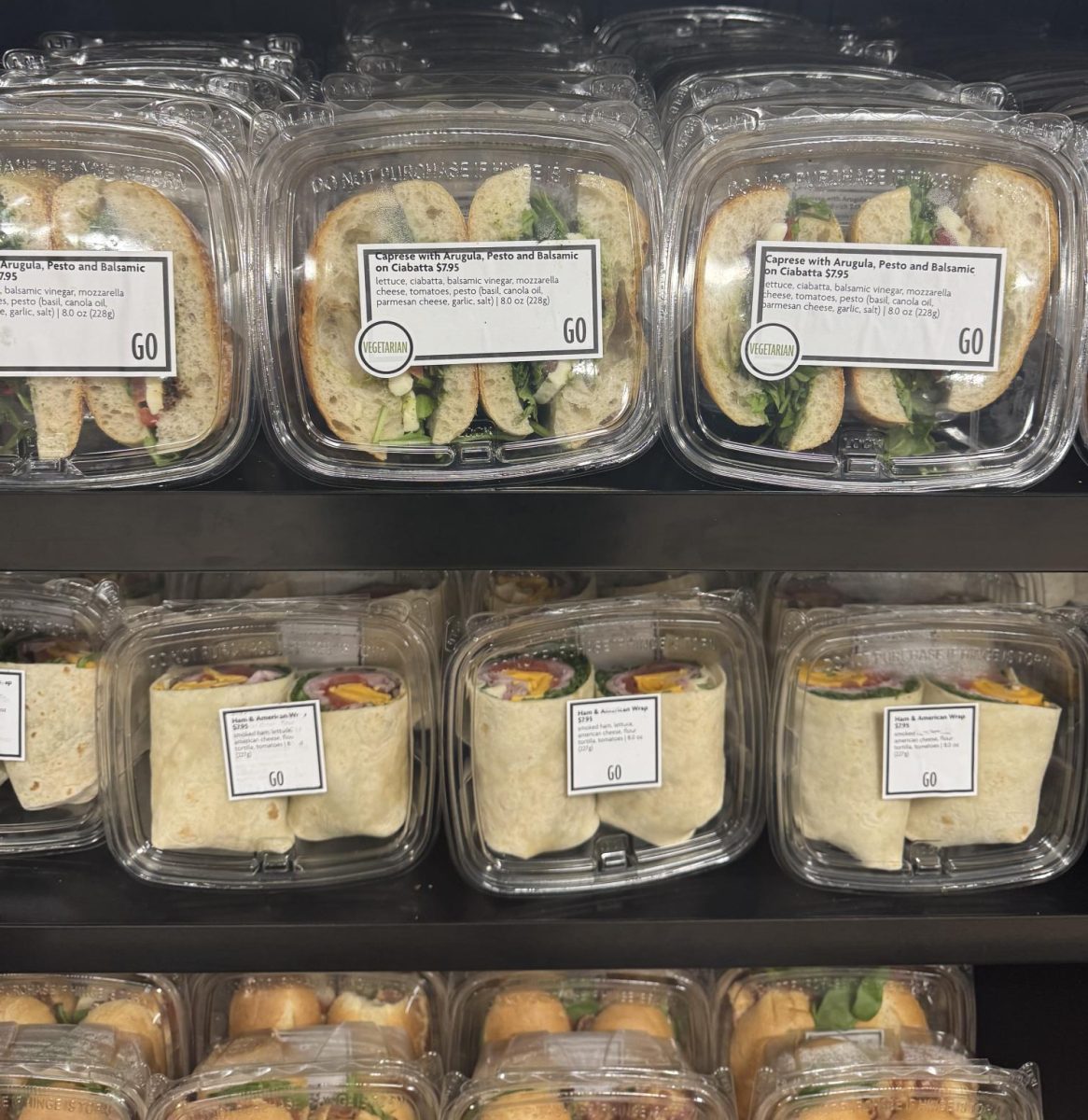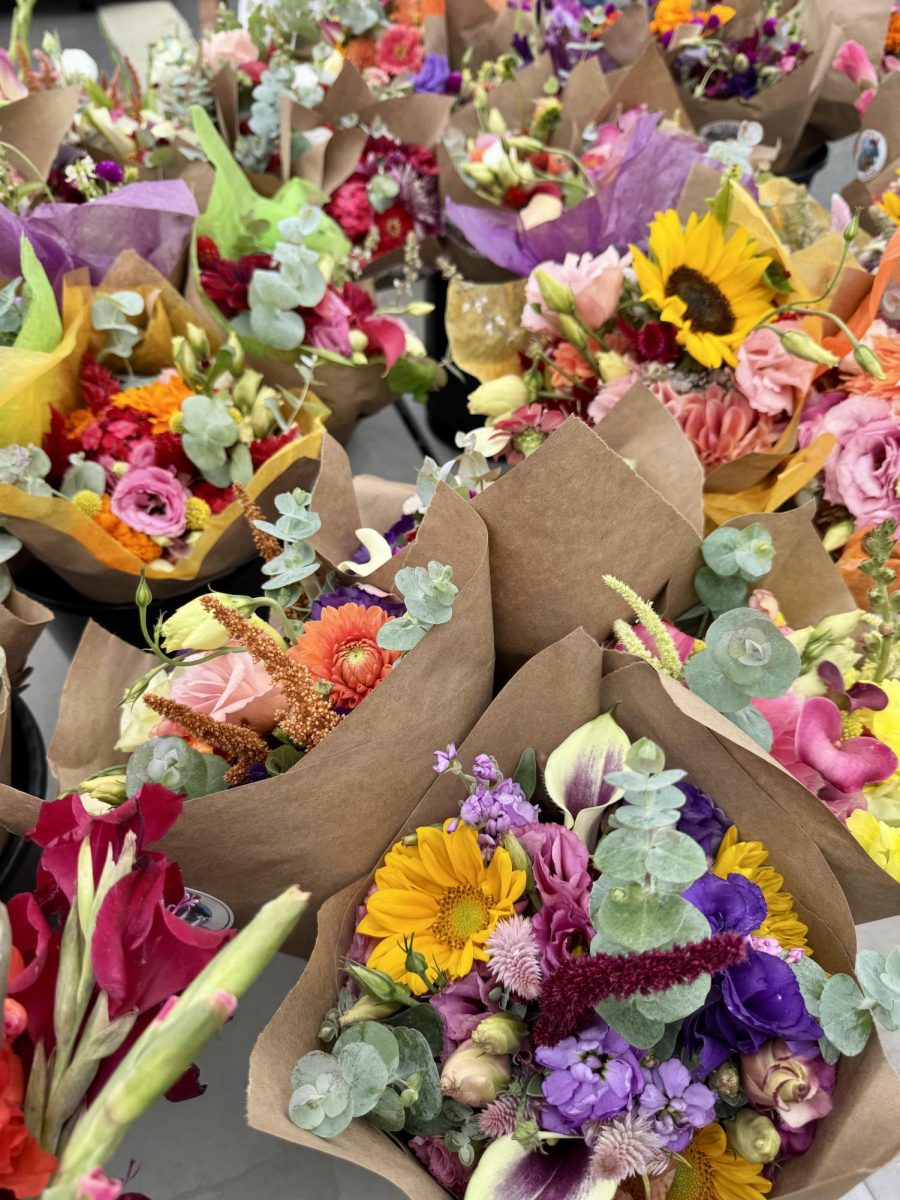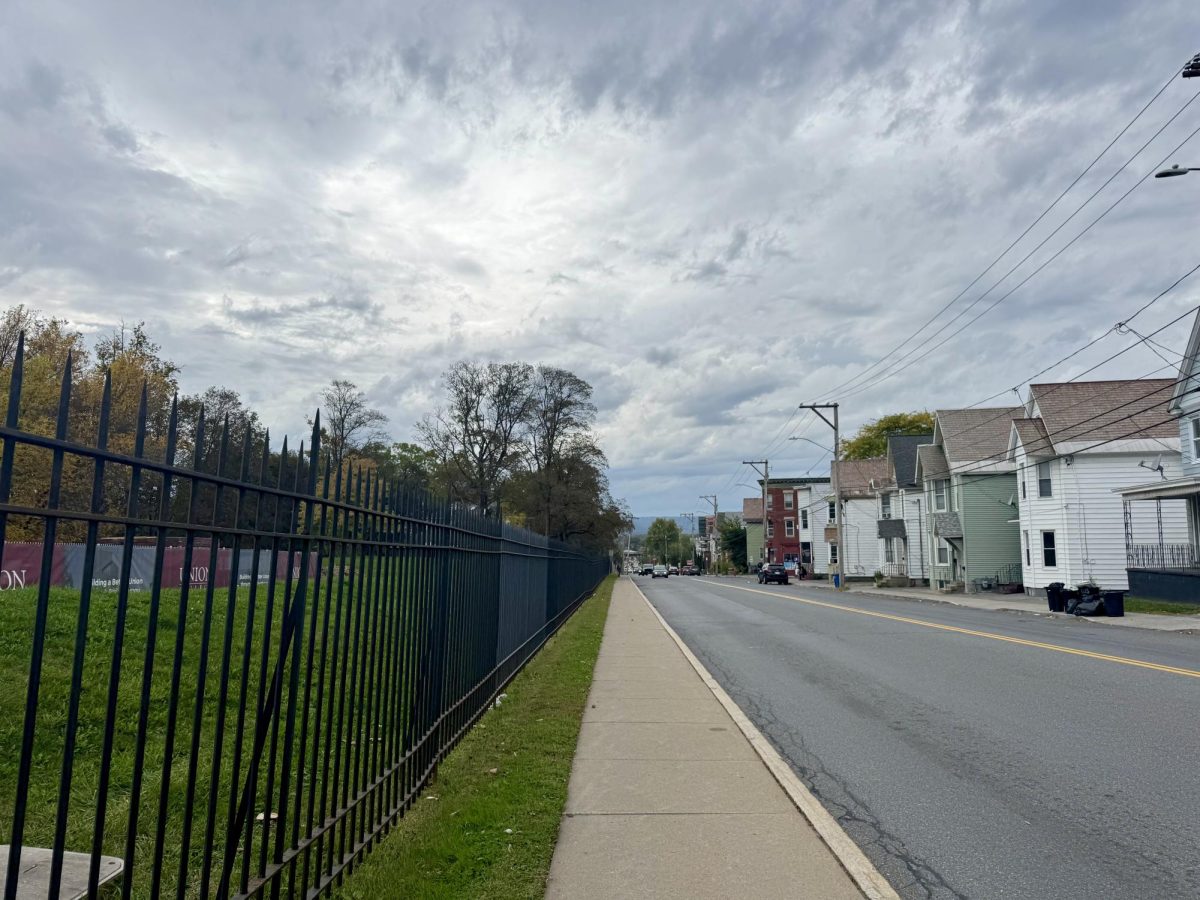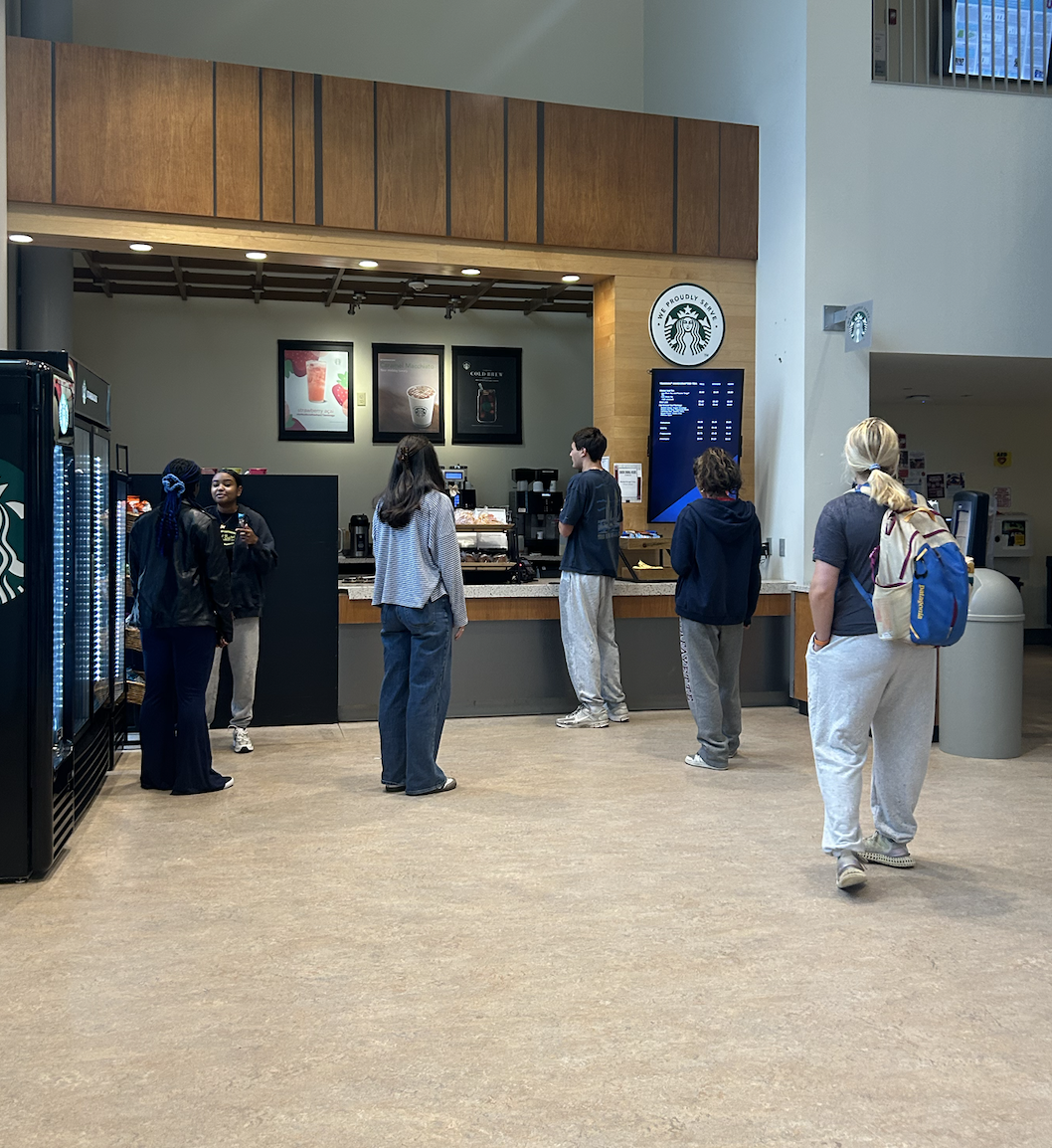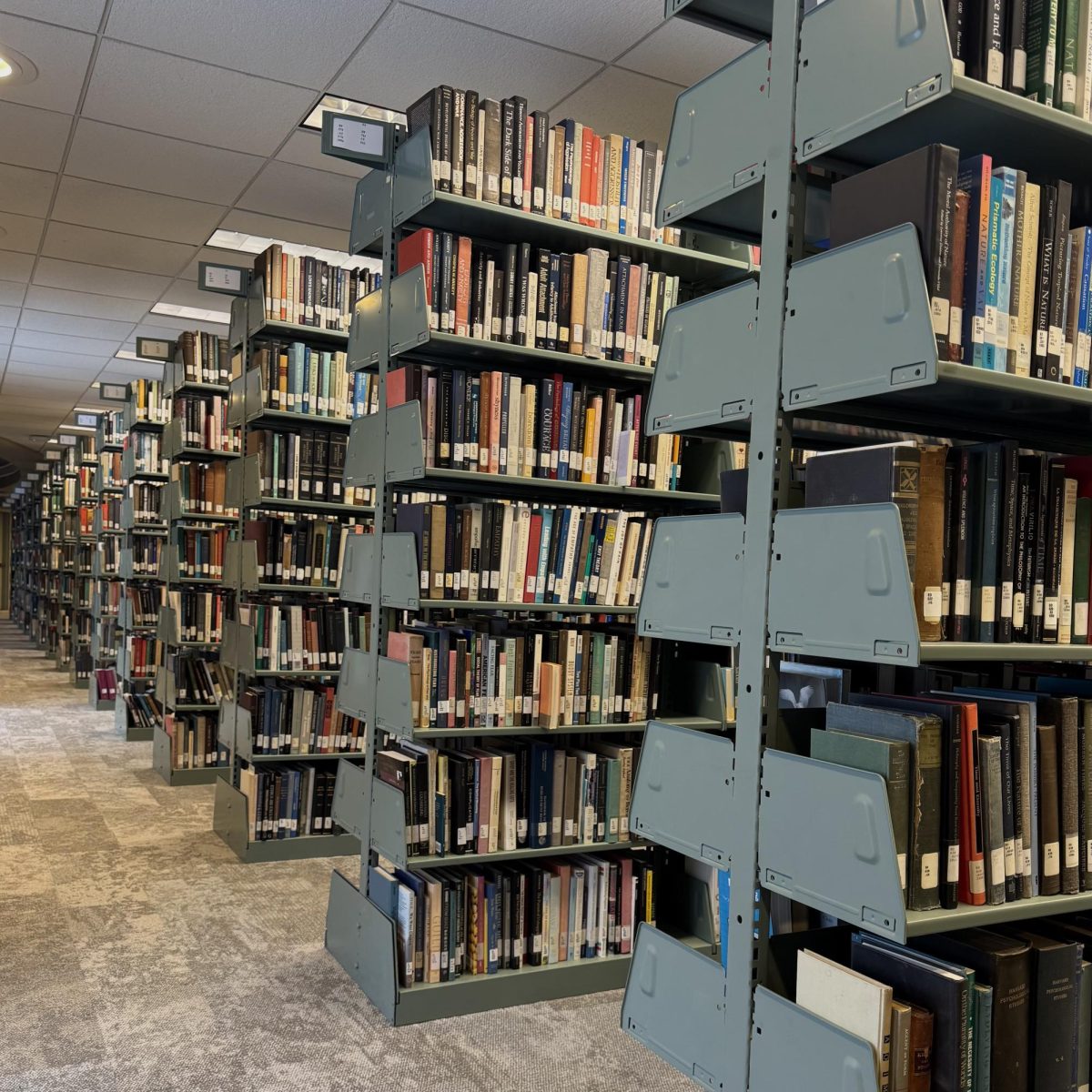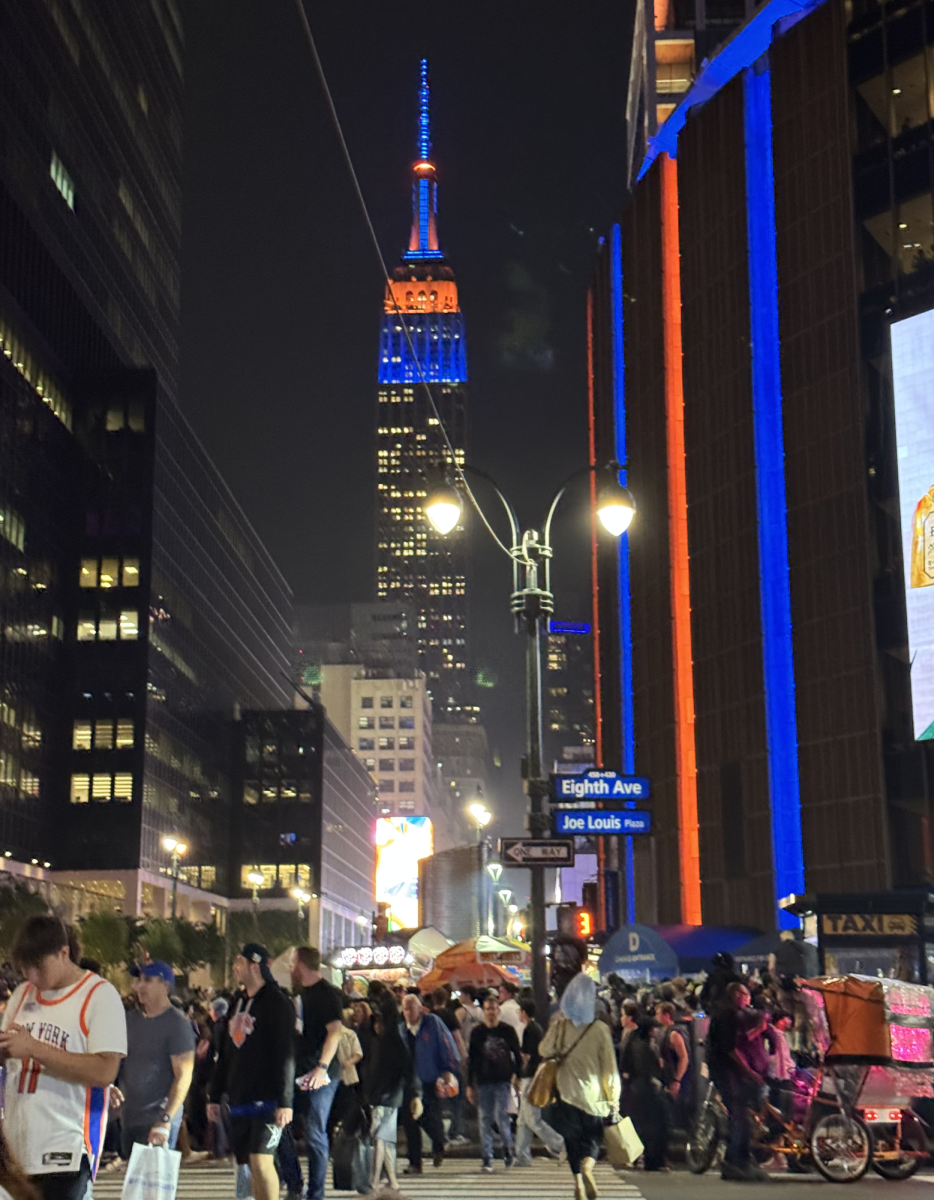With the new and exciting dining changes on campus comes an unavoidable abundance of plastic. In the newly renovated C-Store and its meal-swipe takeout dining options, almost every cold meal, hot meal, salad dressing, fruit cups, and more are individually wrapped in plastic or placed in sturdy plastic containers. Although using these containers increases shelf space and efficiency, students are unable to avoid purchasing copious amounts of plastic alongside their breakfast, lunches, and dinners.
This is not to claim that C-Store is the first to use plastic containers on campus such as sushi, 807 salads, and more have been and continue to be pre-packaged in plastic. However, the option of plastic containers appears to be unavoidable in daily meals from the C-Store. With the appeal of using a meal swipe instead of declining and grabbing a quick meal rather than waiting in line, using so much plastic may become a back-burner concern.
Having a take-away option for every meal is crucial for Union students, especially those with meal plans that rely more heavily on meal swipe options. If these shelves were seen 20 years ago, I would understand that plastic is the best option for keeping meals fresh, hot if needed to be warmed, and stacked efficiently. However, we are nearing the end of 2025, and there are alternatives to single-use plastics that act nearly identically.
Bioplastics are a form of plastic that is made from renewable materials, like sugarcane and corn starch, rather than the petroleum-based materials of plastic. These materials are biodegradable, a trait that typical plastics do not have.
These plastic alternatives come in similar shapes and forms, not missing a step from common single-use plastic containers. Bioplastics are a far more sustainable alternative for the abundance found in C-Store.
Unfortunately, the downside with sustainability are always the prices. In a blog posted by Somewang, they have found that biodegradable plastics often cost 20-30% more than traditional plastic. These extra costs come from the use of natural materials and the unique production process, unlike the common good of plastic.
In hopes of eliminating plastic consumption, it will come at a cost. However, with the large shifts to non-plastic materials, the costs of these sustainable packing materials will become more affordable due to public demand.
In addition, Union prides itself on LEED certifications and sustainable acts, so it would only make sense to take actions to change the C-Store. Maya Koster ‘27 tells us, “For a school so adamant about sustainability and eco-friendly practices, the C-Store uses a disturbing amount of single-use plastic.”
Despite the increase of prices, it is a cost that is worth lowering Union’s carbon footprint with its plastic consumption.
Overall, it is understandable that campuses can not avoid single use materials, but it is feasible to make the transition for compostable packaging. As a college student, it pains me to spend those few extra dollars on compostable coffee cups; however, the environment needs these small but impactful transitions away from plastic.
Having biodegradable containers and utensils, such as kraft paper, plant-based plastics, and wood, is a replaceable option to allow Union students to purchase C-Store meals without the guilt of plastic consumption.


